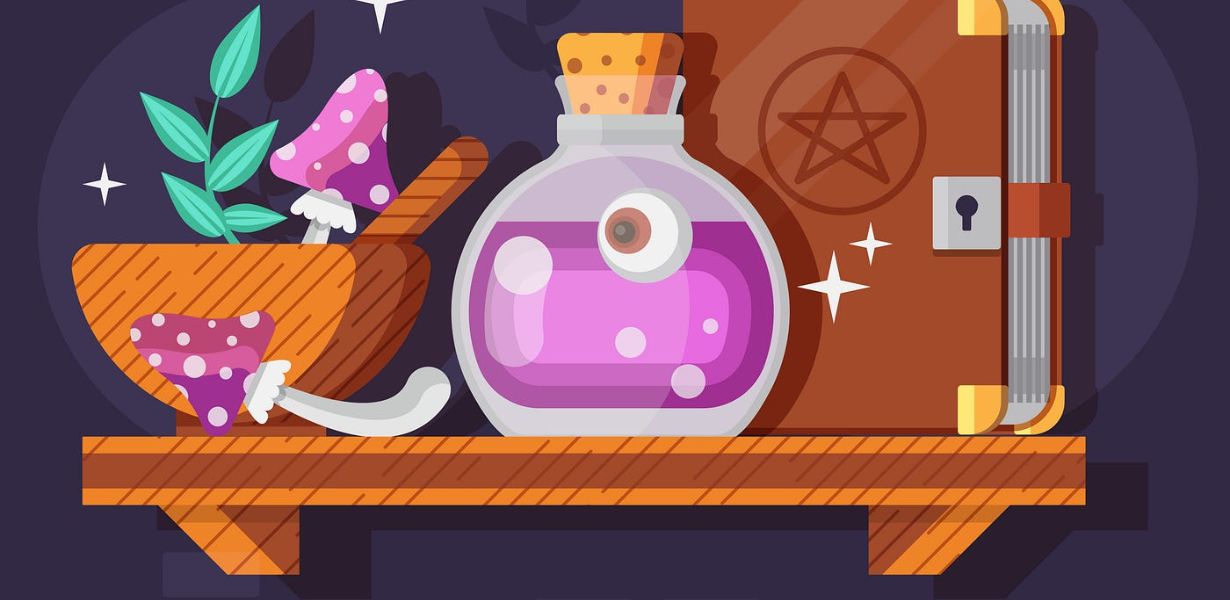
Sculpting User Interfaces with CSS Art: Elevating the Potential of CSS Basics
- Post
- August 5, 2023
- CSS Basics, HTML & CSS, Web Development
- 0 Comments
Welcome to an artistic journey into the realm of CSS, where creativity meets code, and user interfaces transform into masterpieces. In this comprehensive guide, we will delve into the fascinating world of CSS art and explore how basic CSS techniques can be harnessed to create visually stunning and interactive user interfaces. From selectors to syntax, we will unlock the true potential of CSS and empower you to craft captivating designs that leave a lasting impression on users.
The Artistry of CSS Selectors
CSS selectors form the foundation of any design, enabling us to target specific elements and apply styles. Understanding the power of selectors is crucial in sculpting user interfaces that stand out. Let’s explore some essential selector types:
Descendant Selectors: A Cascade of Style
Descendant selectors allow us to target nested elements, creating a cascade of styles that can enhance the visual hierarchy. By using this technique, we can add depth and elegance to our designs, guiding users’ focus precisely where we want it.
Pseudo-classes: Adding Interactivity and Life
Pseudo-classes breathe life into interfaces by applying styles to elements based on their state or user interaction. With a creative touch, we can craft engaging hover effects, transitions, and animations that captivate users and make the design truly dynamic.
Attribute Selectors: Fine-tuning Design
Attribute selectors offer a powerful way to target elements with specific attributes, enabling us to fine-tune the design and provide personalized experiences to users. Leveraging this capability, we can create adaptive interfaces that adjust based on content or user preferences.
Unleashing Creativity with CSS Typography
Typography is an art in itself, and CSS provides a versatile canvas to bring letters to life. Let’s explore how CSS typography can elevate your design:
Google Fonts: A Plethora of Choices
With Google Fonts, a vast library of typography options becomes accessible. Ditching the default fonts, we can create unique interfaces that reflect the personality of the brand or the message we want to convey.
Text Effects: From Subtle to Spectacular
CSS text effects add flair to the content, making it visually appealing and engaging. By creatively employing text shadows, gradients, and transforms, we can turn a simple paragraph into a captivating element of design.
Responsive Typography: Adapting to All Devices
In the age of mobile browsing, responsive typography is crucial. We can use media queries and viewport units to ensure that the typography adjusts seamlessly across various devices, maintaining readability and aesthetics.
CSS Layouts: Building Visual Harmony
The layout is the backbone of any design, and CSS provides multiple techniques to create stunning arrangements:
Flexbox: The Flexible Powerhouse
Flexbox is a game-changer in creating responsive and flexible layouts. By mastering the art of flex containers and items, we can create harmonious interfaces that adapt flawlessly to different screen sizes.
Grids: Precision in Design
CSS Grids empower us to build intricate and precise layouts, making it easier to create complex designs that align with the designer’s vision. With grid-template-areas and grid-gap, we can achieve pixel-perfect compositions.
CSS Frameworks: Streamlining Development
Using CSS frameworks like Bootstrap or Foundation, we can expedite the development process without compromising on creativity. These frameworks offer pre-built components and layouts, allowing us to focus on adding artistic touches.
Animations and Transitions: Adding a Touch of Magic
Animations and transitions enrich user experiences, providing smooth interactions and delighting users:
CSS Transitions: Subtle Elegance
CSS transitions enable us to add smooth and graceful animations to elements, enhancing the user experience without overwhelming them. By understanding transition properties, we can strike the perfect balance between motion and subtlety.
CSS Animations: Dynamic Delights
CSS animations take interactivity to the next level, allowing us to create lively and engaging user interfaces. By utilizing @keyframes and animation properties, we can build visually stunning animations that leave users mesmerized.
Interaction Triggers: Delighting Users
Crafting interactive animations triggered by user actions can significantly enhance engagement. We can employ JavaScript event listeners and CSS to bring delightful animations into our designs, capturing users’ attention and boosting interactivity.
CSS Art: Merging Code and Creativity
CSS art is the epitome of creativity within code, transforming lines of CSS into captivating visual masterpieces:
Geometric CSS Art: Creating Patterns and Illusions
Geometric CSS art explores the magic of shapes, creating mesmerizing patterns and optical illusions using CSS properties such as gradients, transforms, and pseudo-elements. The possibilities are endless, limited only by our imagination.
CSS Art Galleries: Showcasing Inspiration
Online galleries dedicated to CSS art serve as hubs of inspiration, presenting exceptional works by talented artists worldwide. Exploring these galleries can ignite creative sparks and push our boundaries as designers.
Sharing and Collaborating: Fostering a Creative Community
Engaging in CSS art challenges and collaborating with fellow designers opens doors to growth and innovation. By sharing our creations and learning from others, we foster a vibrant community that elevates the artistry of CSS.
Final Words
CSS art is a captivating fusion of design and code that empowers us to craft visually stunning and interactive user interfaces. With the fundamental knowledge of selectors, typography, layouts, animations, and the realm of CSS art, we can unleash our creativity and leave an indelible mark on the digital landscape. Embrace the artistry of CSS, and embark on a journey where imagination meets innovation.
Commonly Asked Questions
Q1: How can I start with CSS art?
A1: To embark on your CSS art journey, familiarize yourself with CSS fundamentals, including selectors, typography, and layouts. Explore online galleries and tutorials to find inspiration and learn new techniques.
Q2: What are some popular CSS frameworks for building layouts?
A2: Bootstrap and Foundation are two widely-used CSS frameworks that offer pre-built components and responsive layout systems, streamlining the development process.
Q3: Can I use CSS art in real-world projects?
A3: Absolutely! CSS art can be incorporated into various projects, from personal websites to commercial applications. It adds a unique touch and helps create memorable user experiences.
Q4: How can CSS animations improve user engagement?
A4: CSS animations add interactivity and playfulness to interfaces, capturing users’ attention and encouraging them to explore further. Thoughtfully designed animations enhance overall user engagement.
Q5: Are there any CSS art challenges or communities to join?
A5: Yes, there are various CSS art challenges and online communities where designers come together to share their creations and learn from each other. Joining these communities can be an enriching experience.




